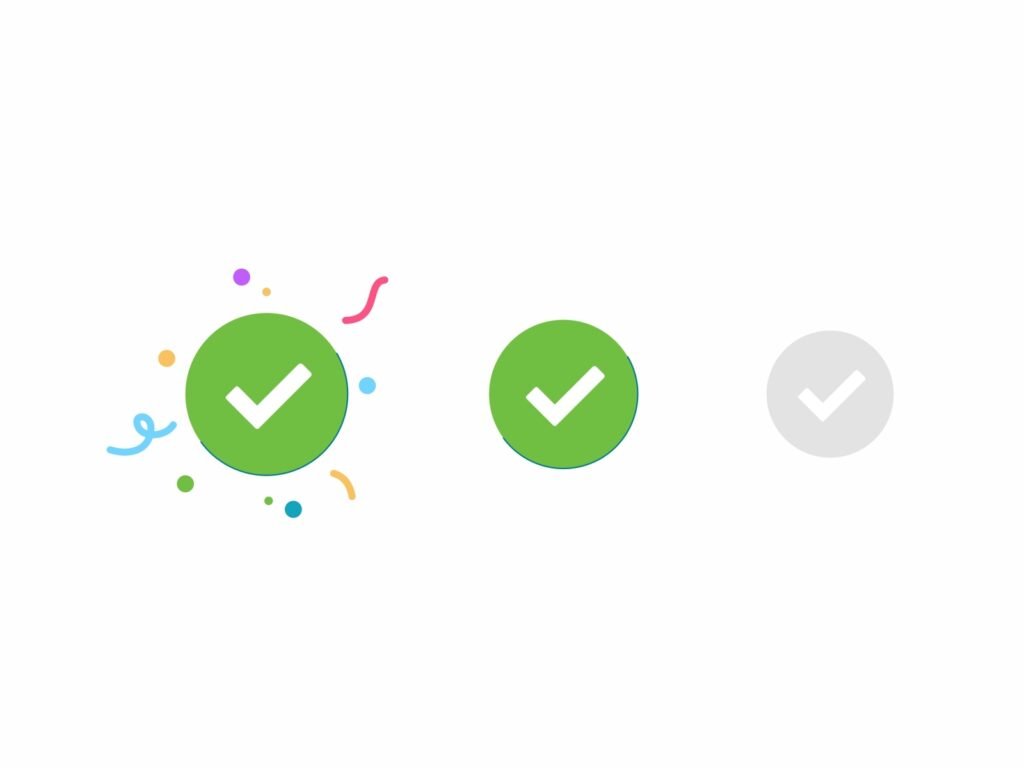Last Updated on June 24, 2025 by UX World
A Product Manager (PM)’s role is important in driving business outcomes by delivering value to customers.
Like other product development roles, AI has impacted the PM role. AI enables PMs to achieve their goals and produce business outcomes faster and more efficiently.
Let’s discuss three ways PMs can use AI to enhance their productivity.
1. Decision Making
PMs are responsible for making decisions that shape the future of their products.
AI-powered tools can enhance this process by enabling PMs to sort through larger datasets that would be impossible to sort manually.
To identify market trends and understand user behavior, AI tools extract meaningful insights that fuel data-driven decisions.
This smart decision-making can greatly influence everything from product discovery to roadmap planning.
Example
A PM at an e-commerce company wants to identify the most promising product categories for the upcoming quarter.
Traditional Way
Traditionally, this would involve manually analyzing sales data, customer feedback, and competitor trends, taking weeks to finalize a decision.
With AI
The PM can now use a predictive analytics tool that scans real-time customer purchasing patterns, website traffic, and social media trends.
Impact
- AI reveals that a growing number of customers are searching for eco-friendly products that were not previously prioritized.
- Based on this insight, the PM quickly adjusts the roadmap to focus on expanding eco-friendly products.
2. Automation
AI can handle repetitive tasks that take up a PM’s time, such as A/B testing, user story creation, or even feature tagging.
This allows PMs to shift their focus to more high-impact initiatives like strategic planning and innovation.
AI can continuously monitor user feedback and suggest which features need improvement while running automated tests in the background.
Example
A SaaS PM is responsible for running A/B tests to optimize a key feature in the application.
Traditional Way
Setting up, monitoring, and analyzing A/B tests manually takes a lot of time and effort.
With AI
The PM can set parameters for A/B tests, and AI will automatically run experiments, monitor results, and customize user experience based on collected data.
Impact
AI could identify which version of the feature increases user engagement and automatically roll it out to a larger group of users.
3. Personalization
AI enables PMs to analyze larger amounts of product and user data and personalize the user experience with tailored content.
Whether it is related to customizing the dashboard for different user roles or offering content recommendations, AI brings personalization to the product experiences.
Example
A mobile app that offers fitness coaching wants to personalize workout plans based on individual users’ fitness levels and goals.
Traditional Way
The PM would rely on generic workout templates for all users.
With AI
The app can analyze each user’s workout history, preferences, and wearable device data to create custom workout routines.
Impact
If a user frequently skips morning workouts, AI could automatically suggest afternoon sessions, making the experience feel more personalized.
Conclusion
Integration of AI in product management is not just a trend; it’s the future. From making smarter decisions and automating workflows to delivering highly personalized user experiences, AI offers endless possibilities for enhancing the role of product managers.
Learn how the integration of AI with UX works.
- 10 Best Practices for Designing with AI
- Why is Product Discovery Important?
- How to Transition from UX to Product Management?
Master Your UX Design Skills
Try Interaction Design Foundation (IxDF). IxDF offers online design courses that cover the entire spectrum of UX design, from foundational to advanced levels. As a UX Design World reader, you get 25% off your first year of membership with the IxDF.
Subscribe for more related articles at UX World.
If you have any questions, contact here: Facebook | YouTube | Instagram | Linkedin



